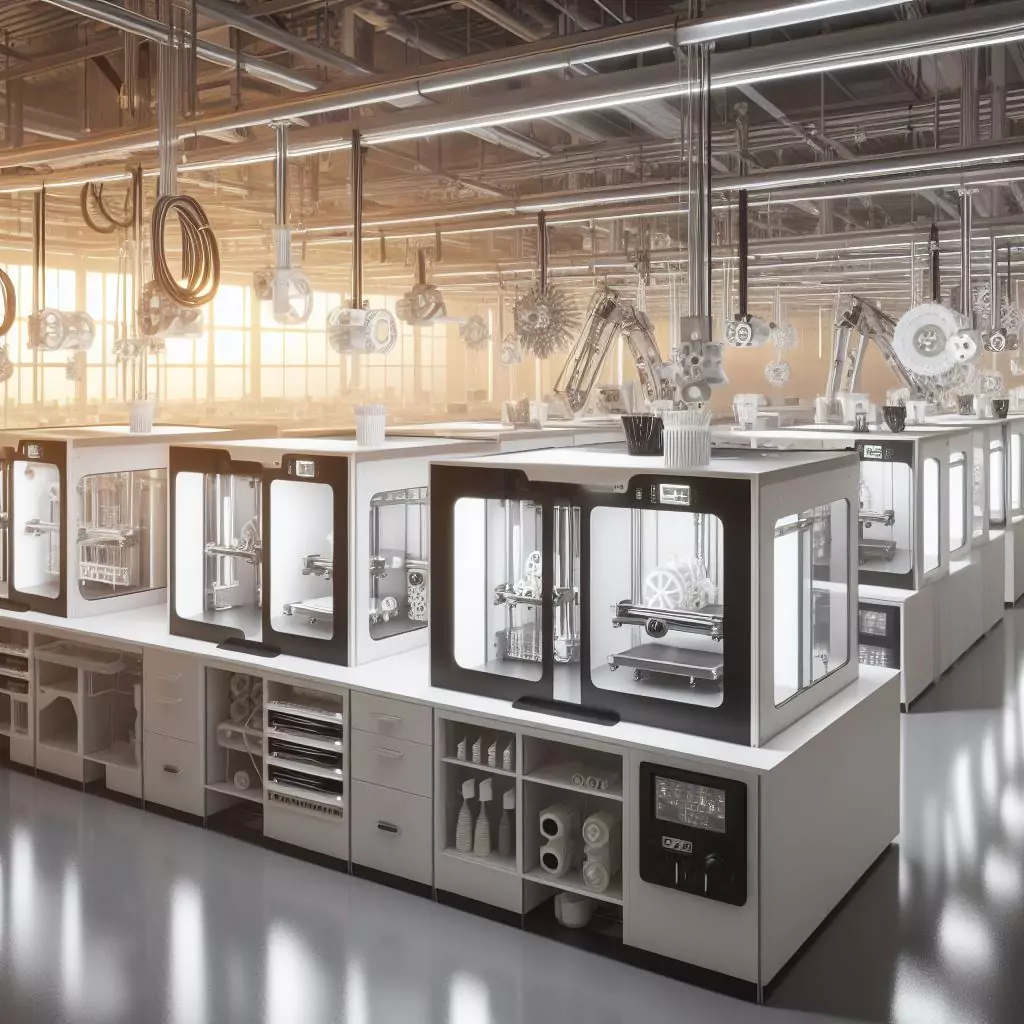Introduction
The world of manufacturing is undergoing a transformative evolution, with 3D printing at the forefront of this technological revolution. The question looming over the industry is whether 3D printing will ultimately replace traditional manufacturing methods.
In this article, we’ll explore the dynamics of both 3D printing and traditional manufacturing, examining the advantages and limitations of each, to answer the burning question: will 3D printing replace traditional manufacturing?

The Rise of 3D Printing
3D printing, also known as additive manufacturing, is making remarkable strides. It involves creating three-dimensional objects layer by layer, using computer-aided design (CAD) models. The technology’s appeal is clear: it offers rapid prototyping, customization, reduced waste, and accessibility. These benefits have made it a viable solution in various industries, including aerospace, healthcare, automotive, and consumer goods.
Traditional Manufacturing in Perspective
Traditional manufacturing encompasses time-tested methods like injection molding, casting, and machining. These methods have been the backbone of industries for decades, delivering high precision, efficiency, and scalability. However, they are constrained by limitations in terms of complex geometries and customized small-scale production.
3D Printing Advantages in Industries
- Rapid Prototyping: 3D printing allows for the swift creation of prototypes and iterations. Engineers and designers can visualize and test their ideas with less time and cost.
- Design Flexibility: Complex and intricate designs that were previously challenging to manufacture are now feasible with 3D printing. Customization becomes effortless.
- Waste Reduction: Traditional manufacturing often generates substantial waste from subtractive processes. 3D printing produces minimal waste since it is an additive process.
- Cost-Efficiency: For small-batch production or localized manufacturing, 3D printing can be cost-effective due to reduced tooling costs and quick setup.
Traditional Manufacturing Strengths
- Scalability: Mass production, a cornerstone of traditional manufacturing, is still unmatched when large quantities of identical parts are required.
- Material Variety: Traditional methods offer a broad spectrum of materials, including metals, plastics, ceramics, and more, which can be tailored for specific applications.
- Durability: Parts produced using traditional manufacturing methods are renowned for their robustness, making them indispensable in industries where resilience is paramount.
- Speed (in Bulk): Traditional manufacturing is still faster than 3D printing when it comes to producing items in bulk due to the parallel nature of most traditional processes.
The Synergy of Both Worlds
Rather than an outright replacement, 3D printing is increasingly being seen as a complement to traditional manufacturing. The hybrid approach leverages the strengths of both methods. For instance, traditional manufacturing can be used for large-scale production, while 3D printing can be deployed for rapid prototyping, customization, and intricate designs.
Conclusion
3D printing has not come to overthrow traditional manufacturing but to enhance it. These two manufacturing approaches coexist, offering a spectrum of choices for different scenarios. The future lies in their synergy, where 3D printing optimizes customization and prototyping, while traditional manufacturing excels in mass production and the use of various materials. Together, they usher in a new era of manufacturing possibilities, expanding horizons for engineers, designers, and industries alike.

